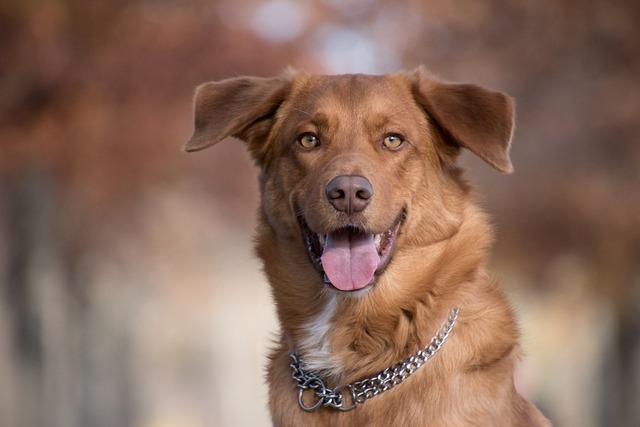
What should I do if there is redness around the eyes of a puppy
The morning light pours into the room through the window, and you prepare to greet the puppy warmly with a "good morning" as usual,
The chewing behavior of dogs is as natural as wagging their tails to show goodwill. It is not only a way to explore the world, but also an outlet for releasing energy. However, some dog breeds are particularly prone to chewing. Next, we will explore in depth which dog breeds can be called "chewing champions" and interpret the reasons and emotions behind them.
In the world of dogs, border collies are well-known for their high IQ, but this intelligence also makes them a "big chewer". As a sheepdog, border collies have strong energy and strong working instincts. In human society, if they cannot get enough exercise and intellectual challenges, they will consume excess energy by chewing. When the owner is busy at work and leaves the border collie alone at home, they will drive the sofa as a "flock of sheep" and chew the legs of tables and chairs as "naughty sheep", trying to fill the emptiness and boredom in their hearts with chewing.
As a well-known friendly dog breed, Labrador Retrievers also have a chewing ability that cannot be underestimated. Labradors are in the stage of changing teeth when they are young, and the discomfort of their gums makes them urgently need to relieve it by chewing objects. Just like human children like to chew things when they grow teeth, Labradors will use slippers, toys, and even corners at home as tools for grinding their teeth. Adult Labradors are lively and curious, and are full of exploration of everything around them. When they encounter new objects, they will first use their mouths to chew to perceive them. In their eyes, the world is full of unknown treasures, and chewing is the key to open the treasure.
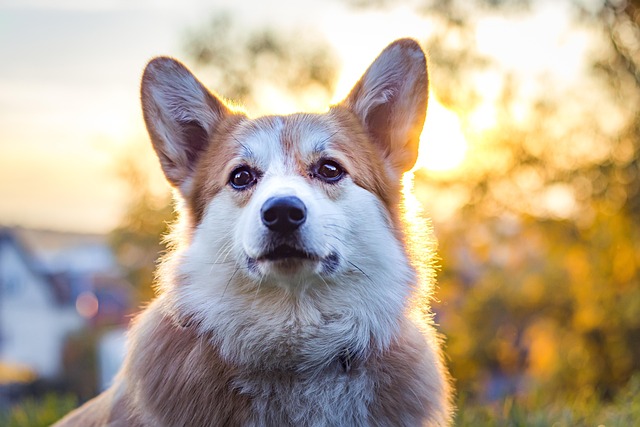 As an excellent working dog, German Shepherds also perform well in chewing. German Shepherds have a strong sense of territory and protective instincts. When they feel that there is a potential threat in the surrounding environment or they lack a sense of security in their hearts, they will chew objects to vent their emotions and relieve anxiety. For example, when a strange sound suddenly appears in the house, German Shepherds may chew furniture close to the direction of the sound source, trying to "drive away" the threat in this way. They are extremely loyal to their owners, and chewing behavior is sometimes also to attract the attention of the owner, hoping to get the owner's comfort and company.
As an excellent working dog, German Shepherds also perform well in chewing. German Shepherds have a strong sense of territory and protective instincts. When they feel that there is a potential threat in the surrounding environment or they lack a sense of security in their hearts, they will chew objects to vent their emotions and relieve anxiety. For example, when a strange sound suddenly appears in the house, German Shepherds may chew furniture close to the direction of the sound source, trying to "drive away" the threat in this way. They are extremely loyal to their owners, and chewing behavior is sometimes also to attract the attention of the owner, hoping to get the owner's comfort and company.
Siberian Huskies, also known as Huskies, have a place in the world of biting with their unique ability to "destroy the house". Huskies originally lived in the cold Siberia region, where they had to travel long distances to pull sleds, and a lot of exercise consumed their physical strength. Now as pet dogs, the change in living environment makes it difficult for them to adapt. The small living space and limited activity make it difficult for Huskies to release their excess energy. So, they use biting as a way of "protest", tearing the curtains at home into "tassels", biting the mattress into "cotton clouds", and using exaggerated biting behavior to express their dissatisfaction with the monotonous life. They seem to be naughty, but in fact they are longing for a wider world to run and release.
When facing these dogs with outstanding biting ability, owners should not just blame them, but understand the emotional needs behind their behavior. Increasing the amount of exercise for dogs, taking them for a long enough walk and play every day; providing a variety of toys to satisfy their desire to chew and explore; giving them enough companionship and attention to make them feel the love of their owners, all of these can effectively reduce excessive chewing behavior of dogs.
The chewing behavior of dogs is not only a physiological instinct, but also a way for them to express emotions and release stress. Behind those seemingly "naughty" chewing, there is their dependence on their owners, their curiosity about the world, and their desire for life. When we understand the stories behind these chewing, we can treat our pet partners with a more tolerant and caring attitude, give them the right guidance and companionship, and let them grow up healthily and happily in a loving environment.

The morning light pours into the room through the window, and you prepare to greet the puppy warmly with a "good morning" as usual,
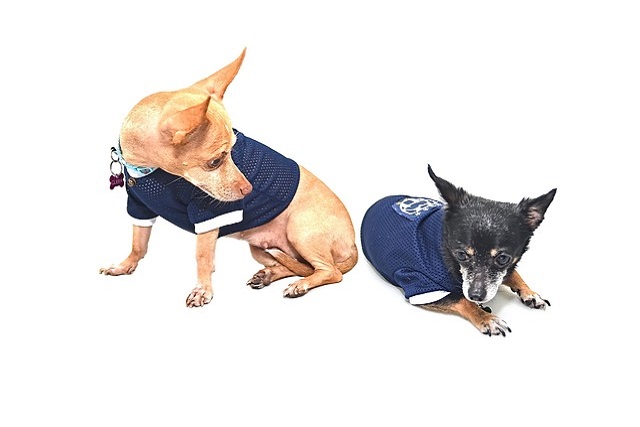
Late at night, moonlight streamed into the room through the window, but the usually lively dog went against its usual routine,
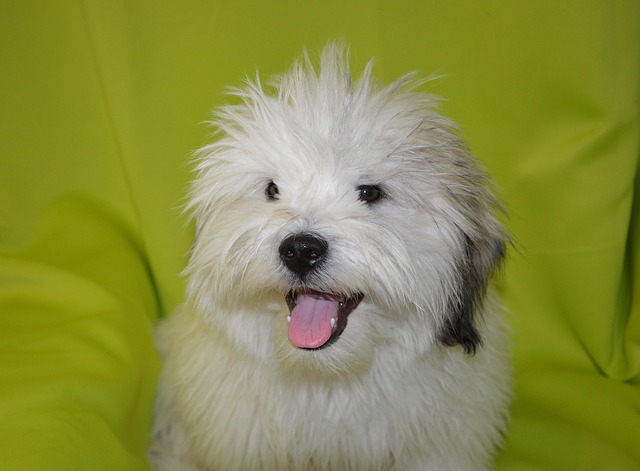
The sunshine shone on the carpet in the living room, but the usually lively and lovely Teddy went against his usual routine,
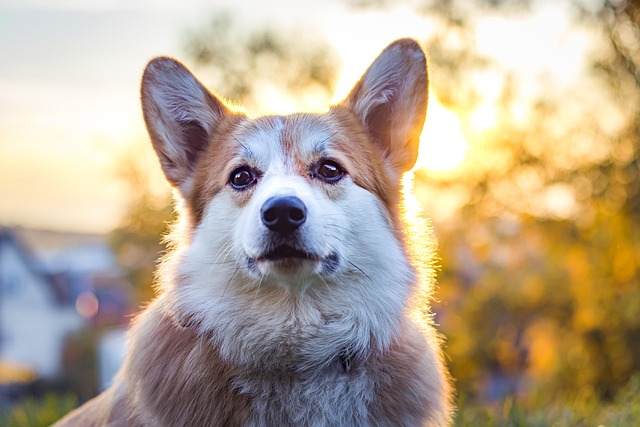
The chewing behavior of dogs is as natural as wagging their tails to show goodwill. It is not only a way to explore the world, but also an outlet for releasing energy. However, some dog breeds are particularly prone to chewing.
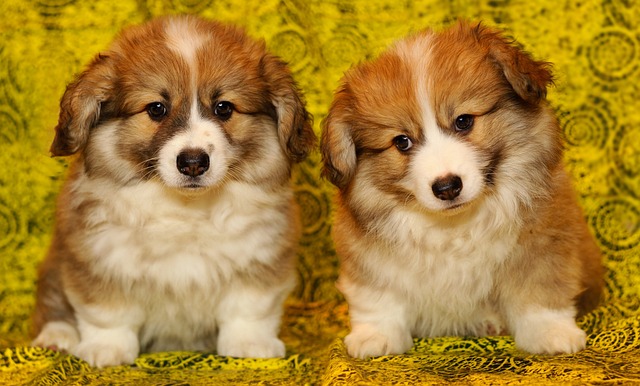
Watching the dog constantly rubbing on the floor, frantically scratching its skin with its paws, its originally smooth fur became messy,
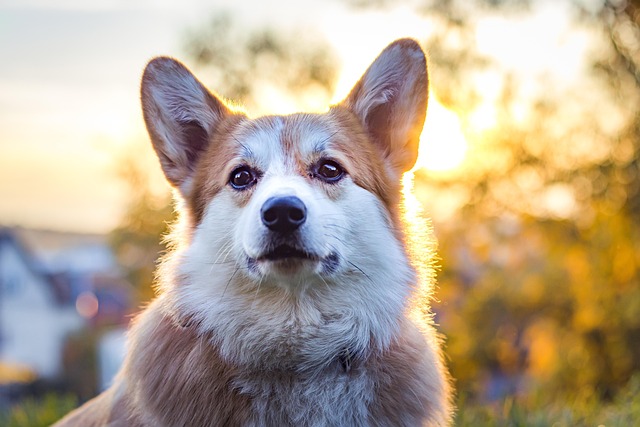
When night falls, a rapid bark suddenly comes from the community, or when we encounter a dog that barks continuously at people while walking,